I threw a picnic in our garden the other day. We were busy with all…
How to know if the Queen is at Windsor Castle? The Union Jack and the Royal Standard
The British national flag, the Union Jack is widely known, but there is another significant flag in British culture, the Royal Standard. In this post I am going to explain how and when they are used and which one indicated that the Queen (or the reigning monarch) is at Windsor Castle or any other Royal residence.
The Union Jack
It is generally known that the Union Jack consists of the flags of patrons: St George’s for England, St Andrew’s for Scotland and St Patrick’s for Ireland. Perhaps it is less known how the Union Jack was created, so here is a short history:
- In 1603, James I united the crowns of England and Scotland in a personal union. To emphasise this union James I had a new flag created. This first version had St George’s flag on top of St Andrew’s flag, whereas in Scotland they used it in the other way round. The flag was declared as the official flag in 1606.
- In the beginning the flag was to be used at sea on civil and military ships, in 1634 King Charles I restricted its usage to royal ships.
- In 1707 Great Britain was born and the flag was finalised and used by land forces as well.
- The current and second Union Jack dates from 1 January 1801 when the Kingdom of Ireland and the Kingdom of Great Britain merged to form the United Kingdom of Great Britain and Ireland. This is when St Patrick’s cross, a red diagonal cross was added to the flag.
What about Wales?
Wales is a Principality not a kingdom, therefore it is not represented in the flag, albeit the flag of England incorporates Wales. There were some initiatives to add Wales to the middle of the Union Jack in form of a red dragon.
How to fly the Union Jack?
When statically displayed, the hoist is on the observer’s left. To fly the flag correctly, the white of St Andrew is above the red of St Patrick in the quarter at the top nearest to the flag-pole.
The original meaning of flags flown upside down was I am in distress and is primarily a naval signal. Other ships would offer help when seeing a vessel with a flag flown upside down. In order to ensure that the flag is flown correctly, the broader diagonal white stripe should be to the left, at the top, nearest the flagpole.
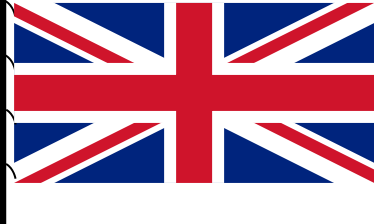
Colours of the Union Jack:
- Royal Blue: Pantone 280 C / HEX: #012169
- Red: Pantone 186 C for / HEX: #C8102E
- White: safe/ #FFFFFF
The Royal Standard
The other flag with a huge significance is the Royal Standard which signals the presence of the monarch at a royal residence (Buckingham Palace, Windsor Castle, Sandringham etc) and is also used on official vehicles such as HM’s Bentley State Limousine but also on other vehicles, like ships or on the transfer vehicle from and to airports. So when you see the Royal Standard on the top of Windsor Castle, the Queen is in the castle! If you see the Union Jack, she is not present.
Twenty minutes before the Queen’s arrival to Windsor Castle the Royal Standard is hoisted by the flag man who has to climb the Round Tower in Windsor. Believe it or not, there is a dedicated person for this activity both at Windsor Castle and at Buckingham Palace. Because of its size (11.58×5.79m) two men are needed to hoist it. There is a phone on the top of the Round Tower so that the flag men can be notified if there was any delay in HM’s arrival.
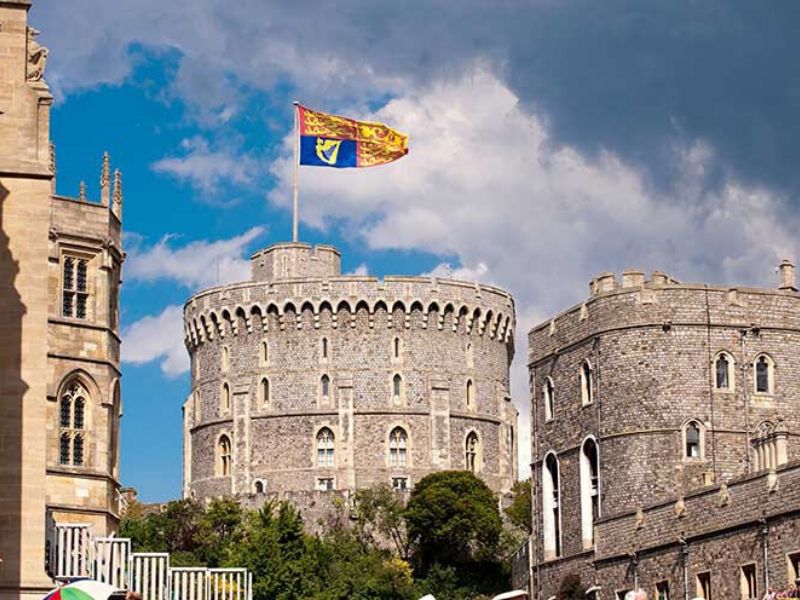
Flying a flag at half mast – but not the Royal Standard!
Half mast means the flag is lowered by one third of the height of the flag staff. It is often believed that all flags should be flown at half mast in case of the death of the monarch as a sign of mourning. This does not apply to the Royal Standard. Why? Because the monarch may be dead but his or her descendant immediately accedes to the throne, thereby ensuring uninterrupted monarchy and succession. If anything would be flown at half mast, it is the Union Jack as it happened on 11 September 2001 or when Princess Diana died. Royal Standards are also draped over the coffin of the Monarch or members of the Royal Family upon their death.
Symbols of the Royal Standard
The modern Royal Standard of the United Kingdom dates back to Queen Victoria’s reign. The Royal Standard is split into four quadrants. The quadrants at top left and bottom right represent England featuring three gold lions on a red field; the top right quadrant symbolises Scotland and features a red lion rampant on a gold field; the bottom left quadrant represents Ireland and features a gold harp on a blue field. Wales is not featured on the Royal Standard, as it is a Principality not a kingdom. In Scotland the Royal Standard features two Scottish quadrants instead of the two representing England. When in Scotland, the Queen uses the Scottish version of the Royal Standard.
Yes, even prince Harry has a Royal Standard…
The direct heir to the throne (currently Prince Charles) has several, in fact five standards for his various roles and titles.
Other members of the Royal Family have personal standards of their own. These are variants of the Royal Standard of the United Kingdom, defaced with a white label and either three points or pendants (for children of a sovereign), or five points (grandchildren of a sovereign). Traditionally all princes and princesses of royal blood are granted arms on their 18th birthday, thus giving them a banner to fly from their residences. Unlike the Queen, members of the Royal Family do not use the standard when travelling. Perhaps the only exception is Prince Philip.
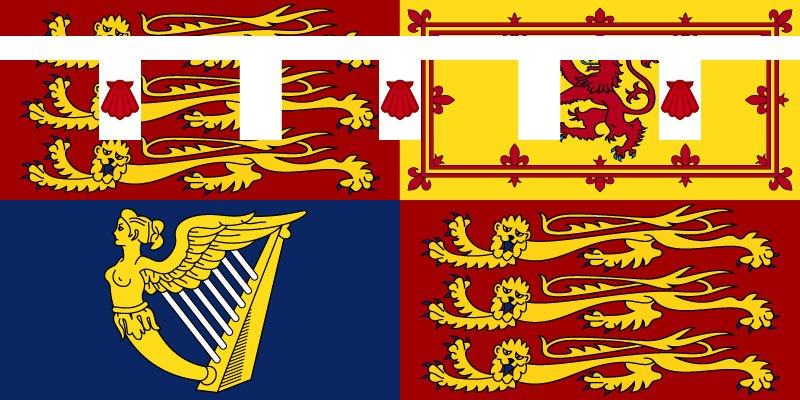
Wives of British princes may use the Royal Standard of the United Kingdom, but within an ermine border. Such Standard was to be seen at Princess Diana’s coffin.
When is the Royal Standard used?
The Royal Standard is flown on anniversaries, celebrations, birthdays of family members of the Royal Family – see full list below.
January
20th Birthday of The Countess of Wessex
February
6th Her Majesty’s Accession Day
19th Birthday of the Duke of York
March
2nd Monday Commonwealth Day
10th Birthday of the Earl of Wessex
April
21st Birthday of Her Majesty the Queen
23rd St George’s Day (St George’s Cross)
June
2nd Coronation Day
Variable Official celebration of Her Majesty’s Birthday
10th Birthday of Duke of Edinburgh
August
15th Birthday of The Princess Royal
November
2nd Sunday Remembrance Day
14th Birthday of Prince of Wales
20th Her Majesty’s Wedding Anniversary


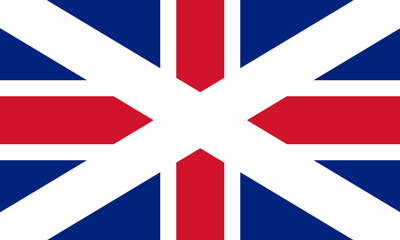
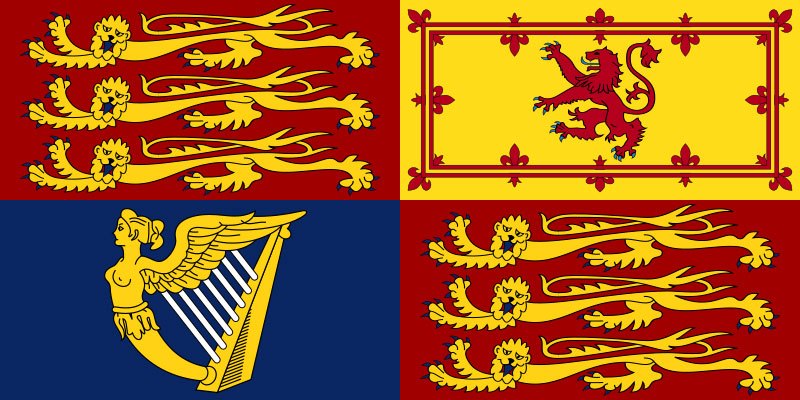
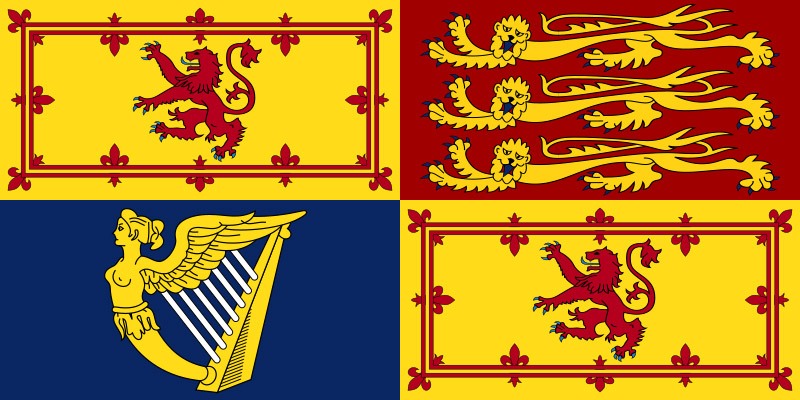



Why was the union flag at half mast today?
Wednesday September 30th 2020
I did try to investigate it, Christine but found nothing. So no idea, I am afraid. 🙁